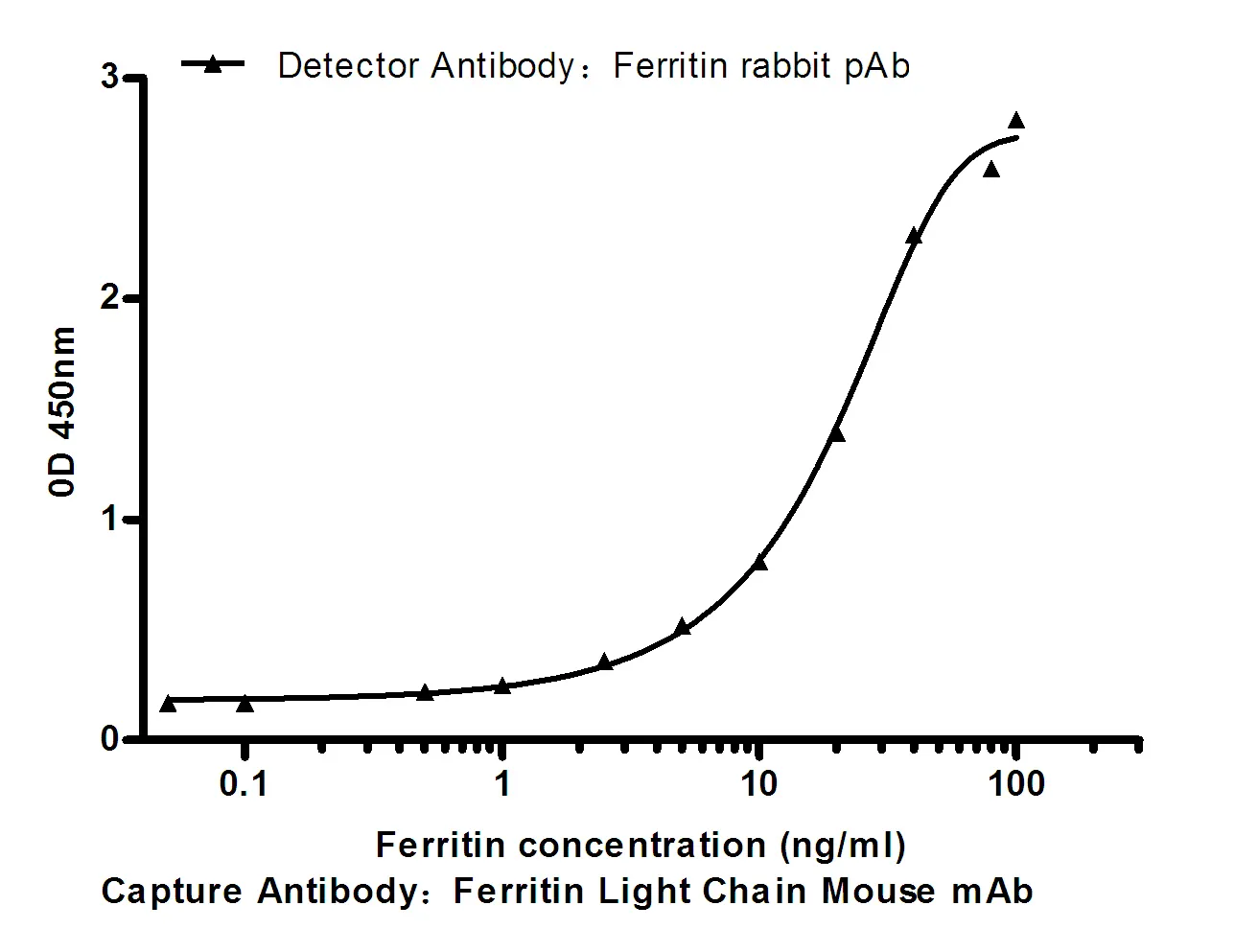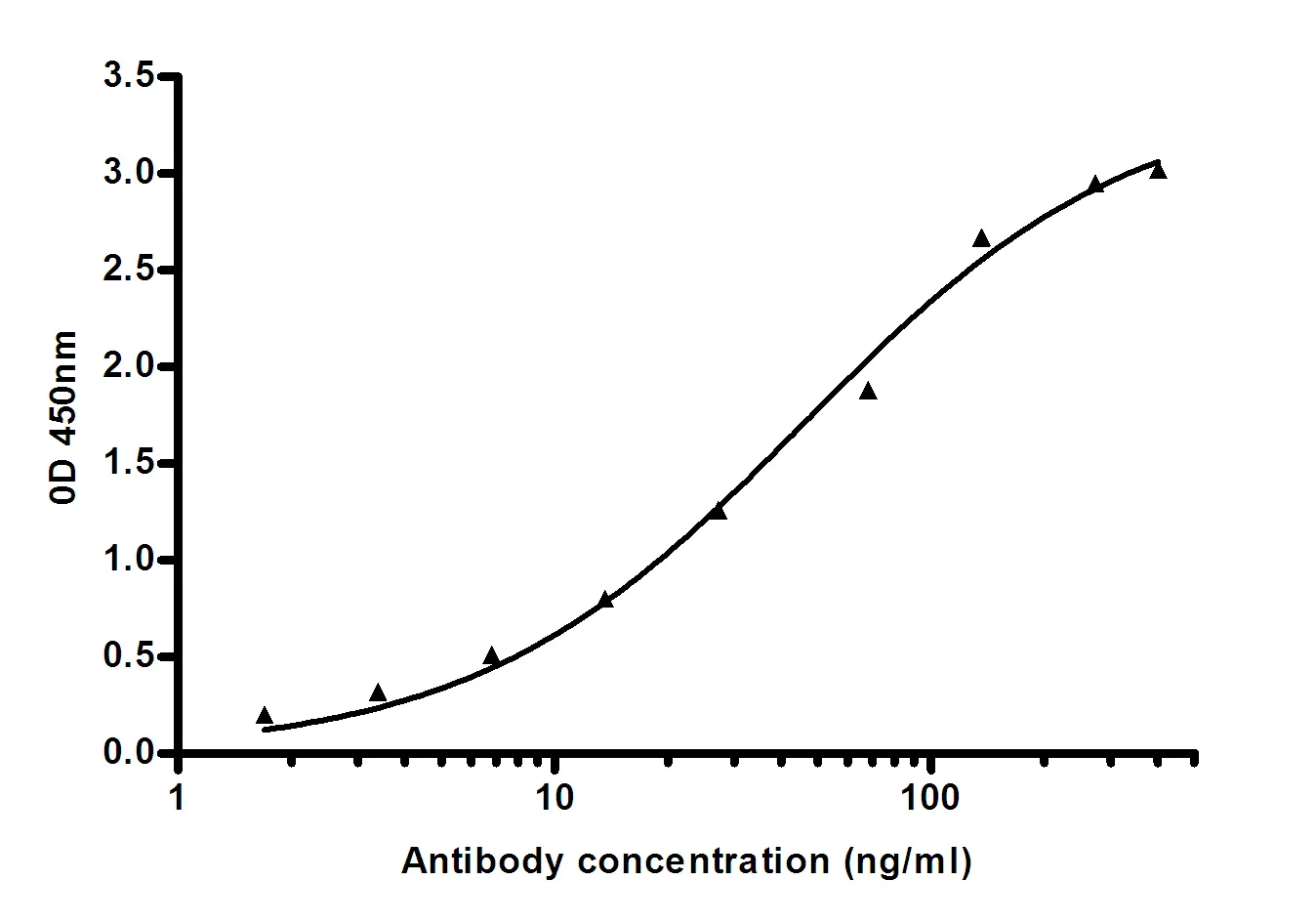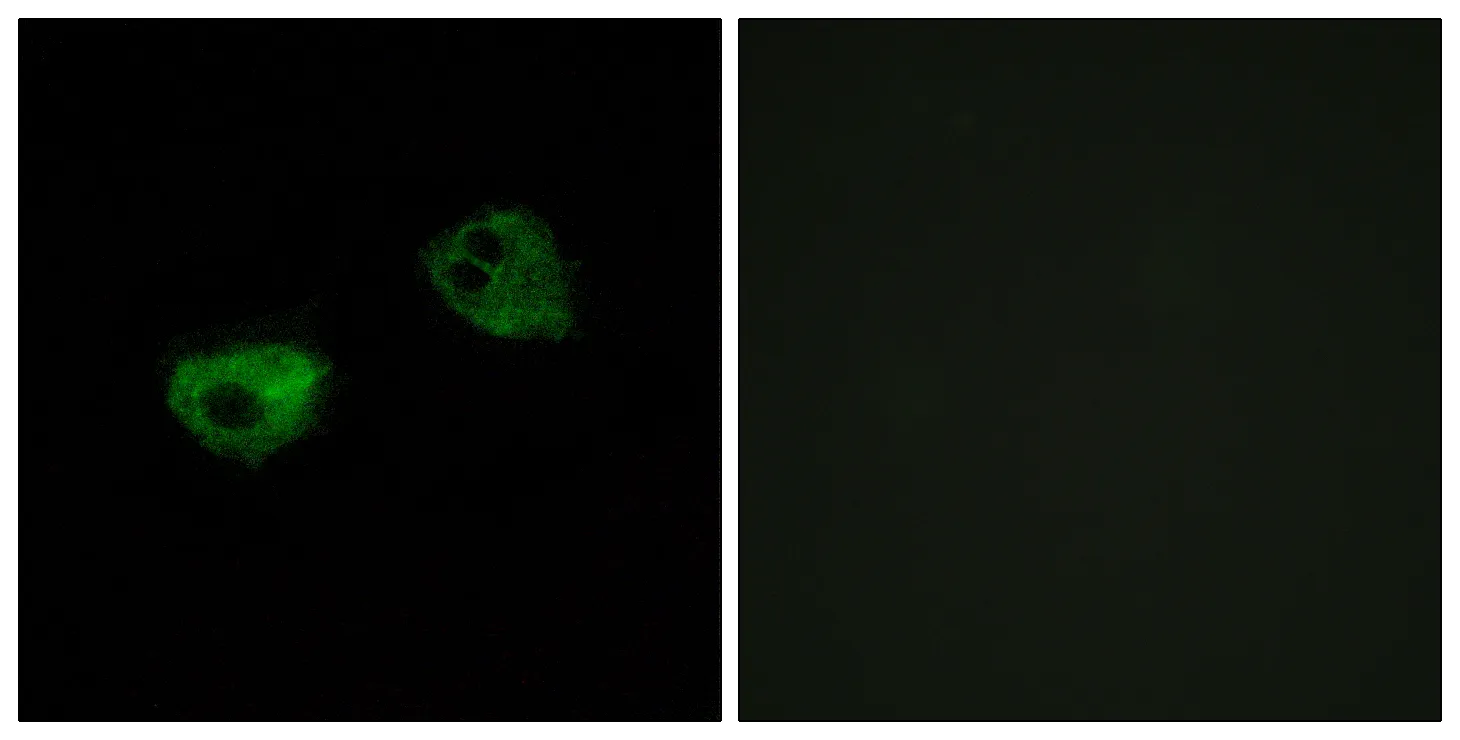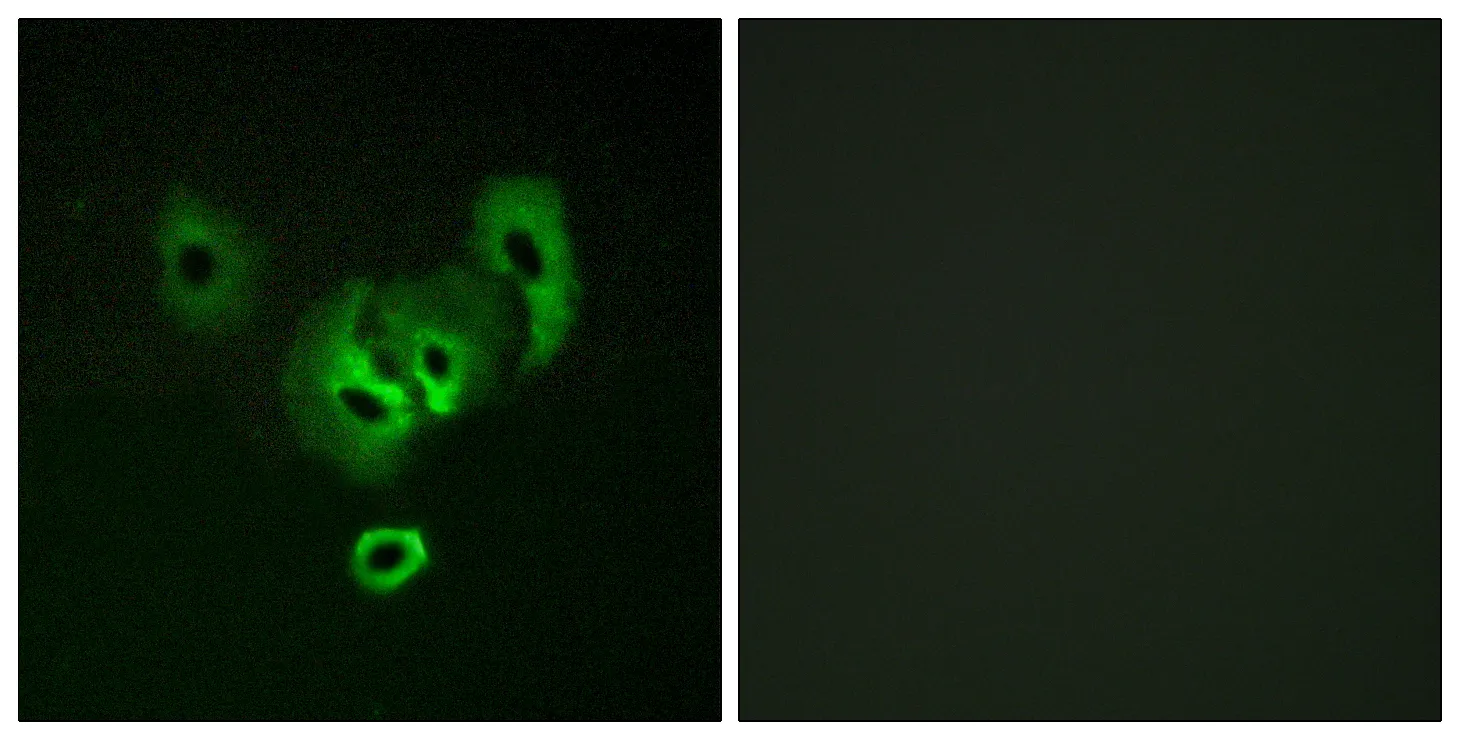Summary
Performance
Immunogen
Application
Background
The muscarinic cholinergic receptors belong to a larger family of G protein-coupled receptors. The functional diversity of these receptors is defined by the binding of acetylcholine and includes cellular responses such as adenylate cyclase inhibition, phosphoinositide degeneration, and potassium channel mediation. Muscarinic receptors influence many effects of acetylcholine in the central and peripheral nervous system. The clinical implications of this receptor are unknown; however, mouse studies link its function to adenylyl cyclase inhibition. [provided by RefSeq, Jul 2008],function:The muscarinic acetylcholine receptor mediates various cellular responses, including inhibition of adenylate cyclase, breakdown of phosphoinositides and modulation of potassium channels through the action of G proteins. Primary transducing effect is inhibition of adenylate cyclase.,similarity:Belongs to the G-protein coupled receptor 1 family.,
Research Area
Neuroactive ligand-receptor interaction;Regulates Actin and Cytoskeleton;




